The landscape of nicotine consumption has evolved significantly over the years, providing users with various alternatives to smoking. Among these are snus, snuff, and nicotine pouches. Each of these products offers a different method of delivering nicotine, catering to the diverse preferences and needs of users. This article explores the distinctions between snus, snuff, and nicotine pouches, discussing their compositions, uses, health implications, and regulatory considerations.
Snus: A Swedish Tradition
Composition and Usage
Snus is a moist, finely ground tobacco product that originated in Sweden. Unlike traditional chewing tobacco, snus is pasteurised rather than fermented, which results in lower levels of harmful nitrosamines. Snus is placed under the upper lip, where it slowly releases nicotine and flavour. This method of use, known as "dry snuffing," allows for a discreet and hands-free experience.
Health Implications
Research indicates that snus is less harmful than smoking due to the absence of combustion and lower levels of carcinogens. However, it is not without risks. The use of snus has been associated with an increased risk of pancreatic cancer, oral health issues, and nicotine addiction. Despite these risks, snus is often considered a less harmful alternative for smokers seeking to quit combustible tobacco.
Regulatory Aspects
In many countries, including parts of the European Union, the sale of snus is heavily regulated or outright banned, with Sweden being a notable exception due to its historical and cultural significance. In countries where snus is legal, it is subject to strict regulations to ensure product safety and consumer protection.
Snuff: Traditional and Modern Forms
Composition and Usage
Snuff comes in two primary forms: dry and moist. Dry snuff is a finely ground, dry tobacco powder that users inhale through the nose. This method of consumption is known as "nasal snuff." Moist snuff, on the other hand, is similar to snus but is typically placed in the lower lip. The production process for moist snuff can involve fermentation, which increases the levels of harmful substances compared to pasteurised snus.
Health Implications
The health risks associated with snuff vary based on its form. Nasal snuffing can lead to nasal and sinus issues, while the use of moist snuff can result in oral health problems, including gum disease and tooth loss. Both forms of snuff are addictive due to their nicotine content. Despite these risks, snuff users often view it as a less harmful alternative to smoking.
Regulatory Aspects
Snuff, like other smokeless tobacco products, is subject to varying levels of regulation worldwide. In some regions, it is marketed as a smoking cessation aid, while in others, its sale is restricted due to health concerns. Regulatory bodies aim to balance the potential benefits for smokers trying to quit with the risks associated with long-term snuff use.
Nicotine Pouches: A Modern Alternative
Composition and Usage
Nicotine pouches are a recent innovation in the realm of smokeless nicotine products. Unlike snus and snuff, nicotine pouches do not contain tobacco. Instead, they comprise nicotine extracted from the tobacco plant, along with flavourings, sweeteners, and plant-based fibres. These pouches are placed between the gum and lip, similar to snus, allowing nicotine to be absorbed through the mucous membranes.
Health Implications
Nicotine pouches are considered less harmful than traditional tobacco products because they do not involve tobacco leaf, which reduces exposure to harmful substances. However, they are not without risks. Nicotine is addictive and can lead to dependence, cardiovascular issues, and other health problems if used excessively. Nevertheless, when used as intended, nicotine pouches can be an effective tool for smokers looking to quit.
Regulatory Aspects
In Australia, the Therapeutic Goods Administration (TGA) classifies nicotine pouches as a prescription-only product. This means they can only be legally accessed with a prescription from a medical professional. The Australian Border Force (ABF) enforces strict controls on the importation of these products, ensuring they are accompanied by the necessary documentation. These regulations aim to protect consumers and prevent misuse.
Comparative Analysis
Nicotine Content and Delivery
All three products—snus, snuff, and nicotine pouches—deliver nicotine to the user but through different mechanisms. Snus and moist snuff involve the direct use of tobacco, which results in a more complex flavour profile but also higher levels of harmful substances. Nicotine pouches, being tobacco-free, offer a cleaner delivery method but may lack the traditional tobacco taste preferred by some users.
Health Risks
While none of these products are completely safe, nicotine pouches generally pose fewer health risks compared to snus and snuff due to the absence of tobacco. However, the addictive nature of nicotine remains a significant concern across all products.
Regulatory Environment
The regulatory landscape for these products varies widely. Snus faces significant restrictions in many regions, while snuff's regulation depends on its form and intended use. Nicotine pouches, particularly in Australia, are subject to stringent prescription requirements, reflecting the cautious approach of health authorities towards new nicotine delivery systems.
Conclusion
Snus, snuff, and nicotine pouches each offer distinct methods of nicotine consumption, catering to different user preferences and needs. While nicotine pouches present a modern, tobacco-free alternative with potentially lower health risks, the addictive nature of nicotine and the varying regulatory environments highlight the need for cautious and informed use. Understanding these differences can help users make better choices and navigate the complex landscape of nicotine products.
References
Australian Border Force. Importing tobacco and nicotine products. Retrieved from https://www.abf.gov.au/importing-exporting-and-manufacturing/prohibited-goods/categories/tobacco
Healthline. Nicotine Pouches: Are They Safer Than Chewing, Smoking, or Vaping? Retrieved from https://www.healthline.com/health/nicotine-pouches
Mayo Clinic. Chewing tobacco: Not a safe product. Retrieved from https://www.mayoclinic.org/healthy-lifestyle/quit-smoking/in-depth/chewing-tobacco/art-20047428
Nature. (2023). Nicotine Pouches: A Review for the Dental Team. Retrieved from https://www.nature.com/articles/s41415-023-6383-7
Philip Morris International. Snus, Snuff, and Nicotine Pouches Explained. Retrieved from https://www.pmi.com/our-science/snus-snuff-nicotine-pouches-explained
Therapeutic Goods Administration. Nicotine pouches. Retrieved from https://www.tga.gov.au/products/unapproved-therapeutic-goods/vaping-hub/nicotine-pouches









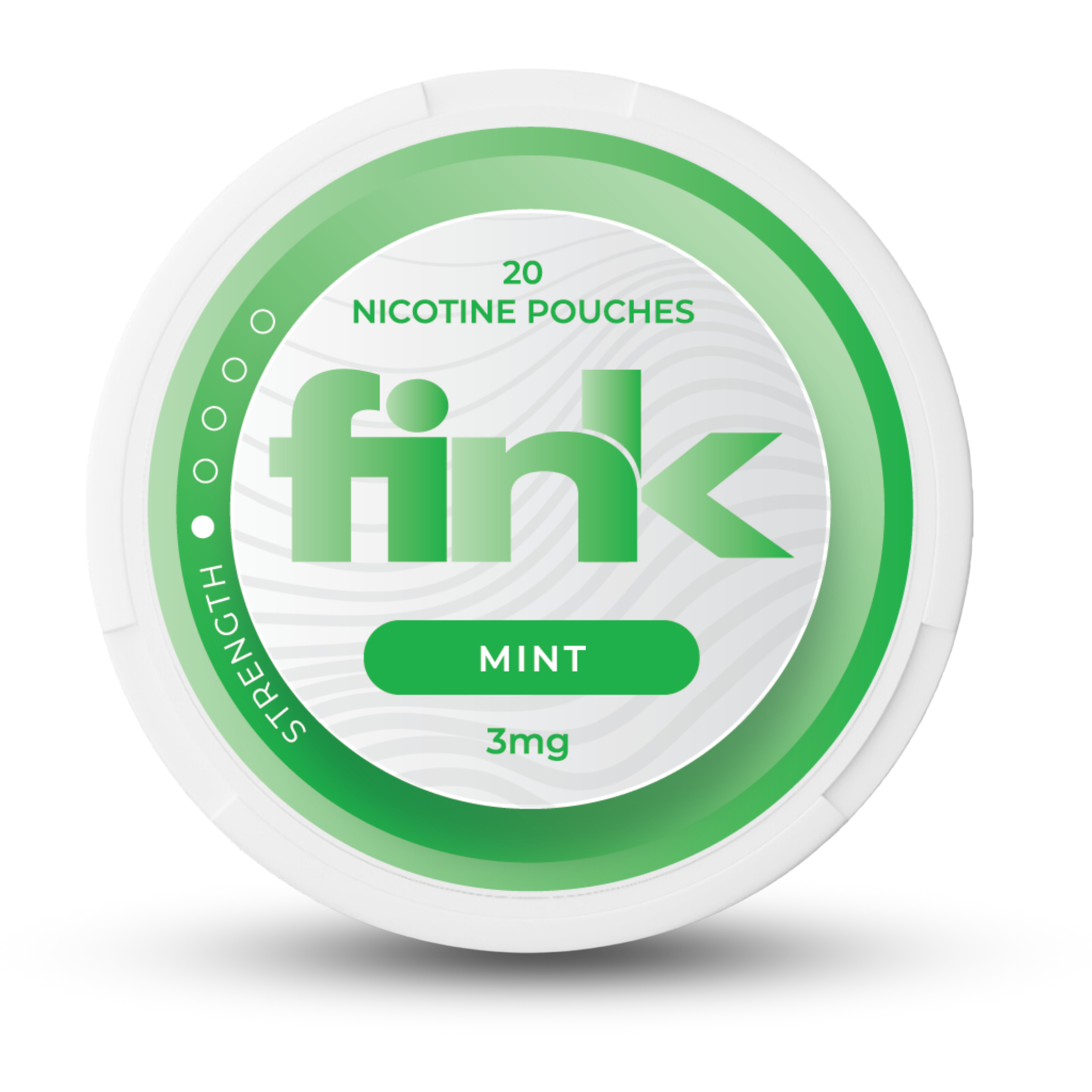
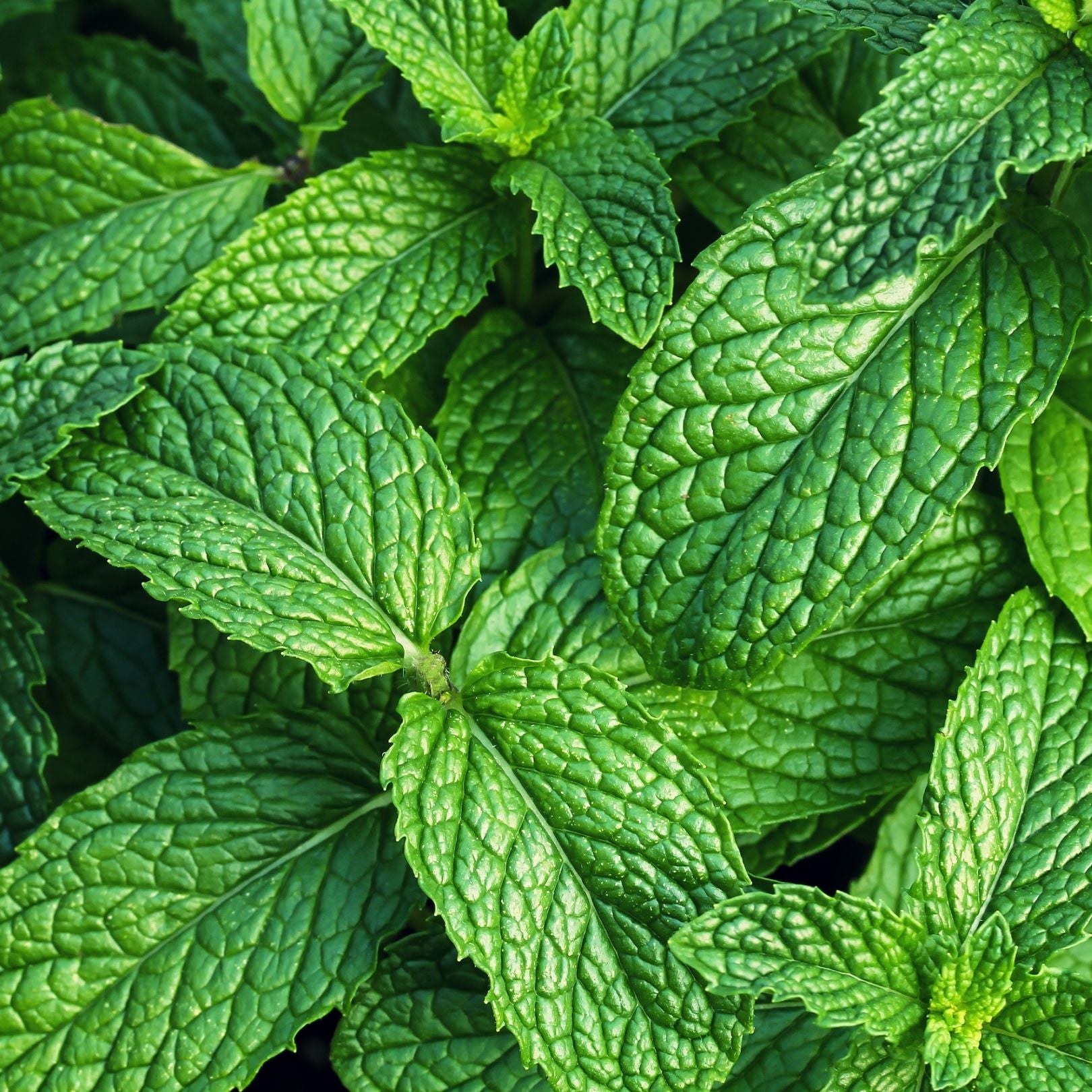
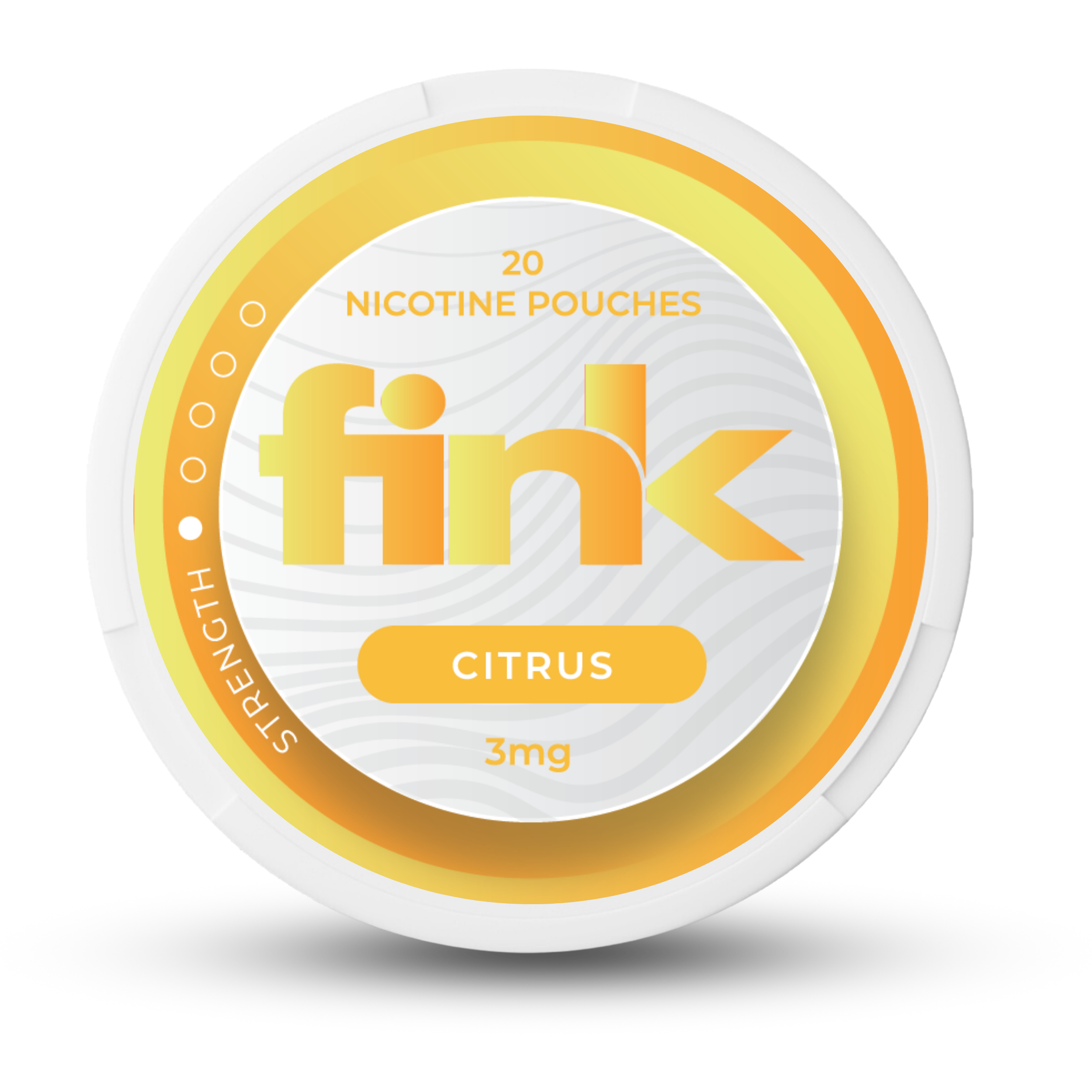

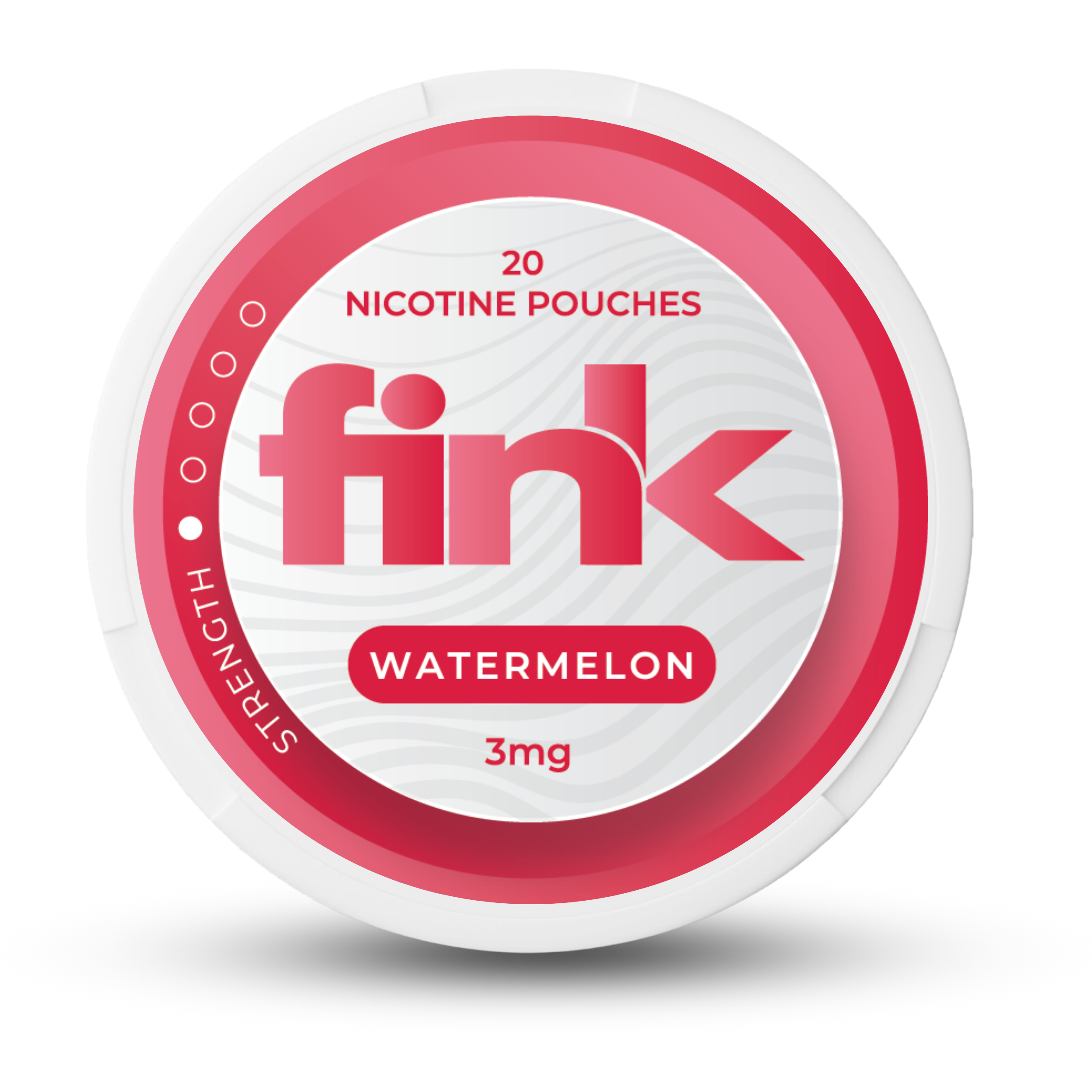

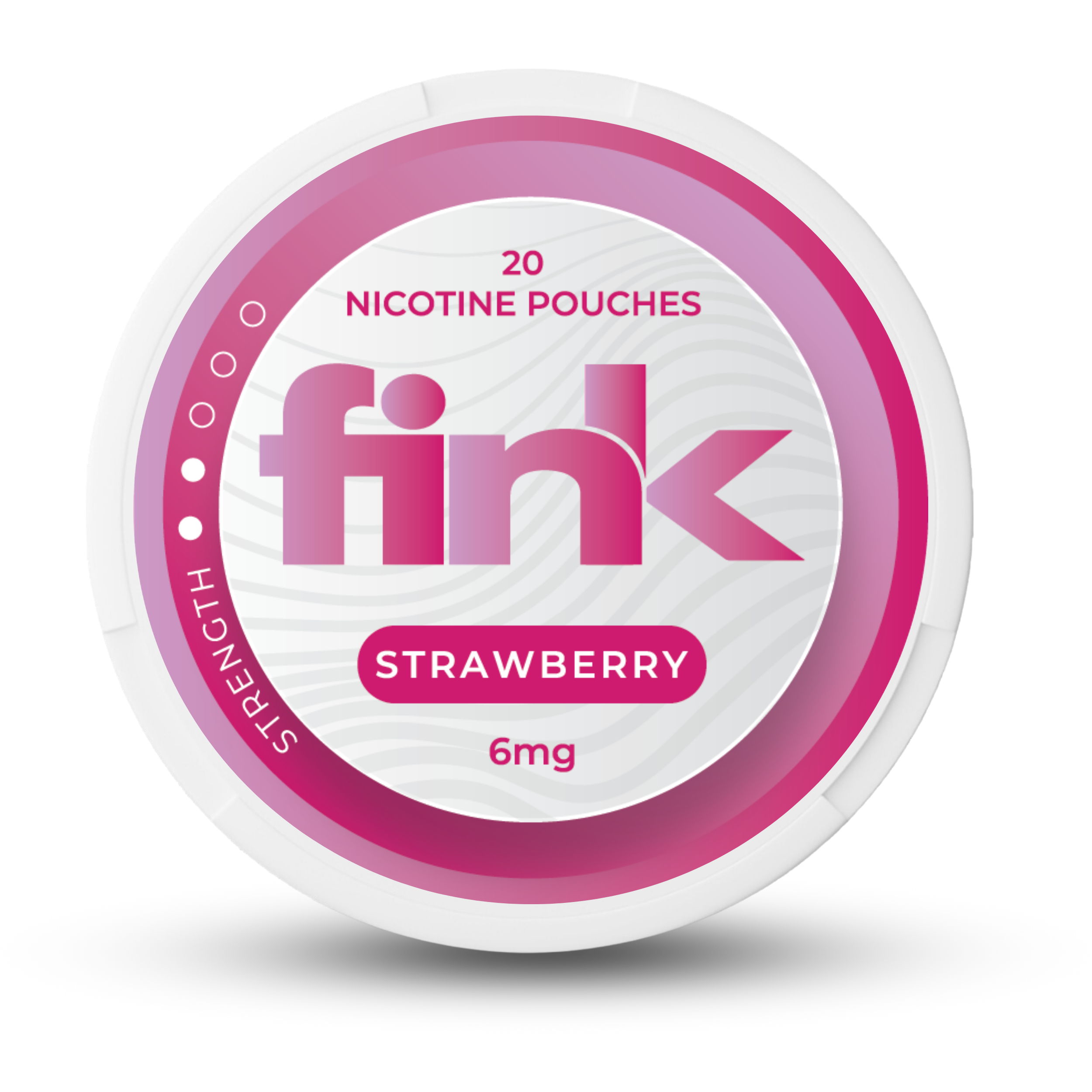

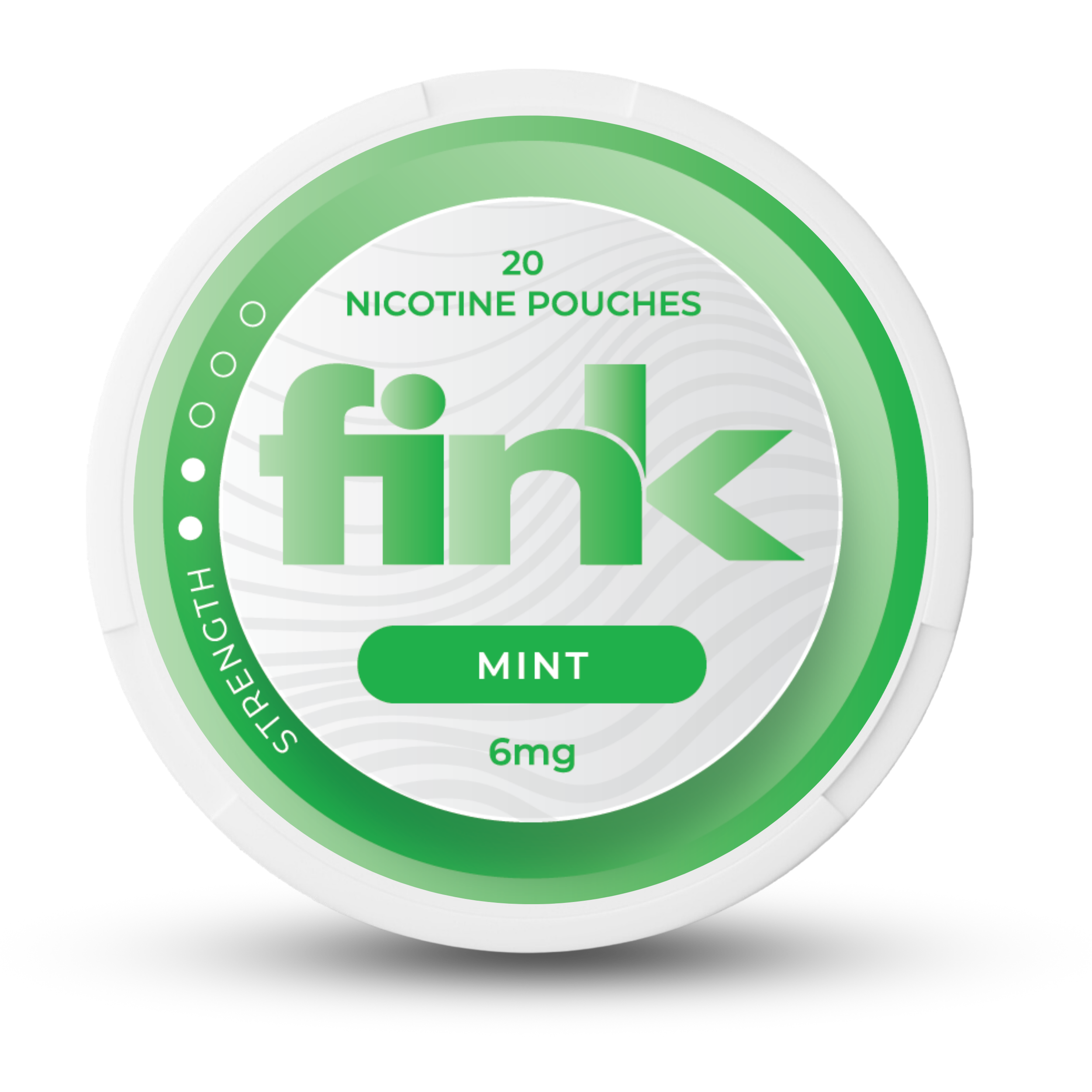
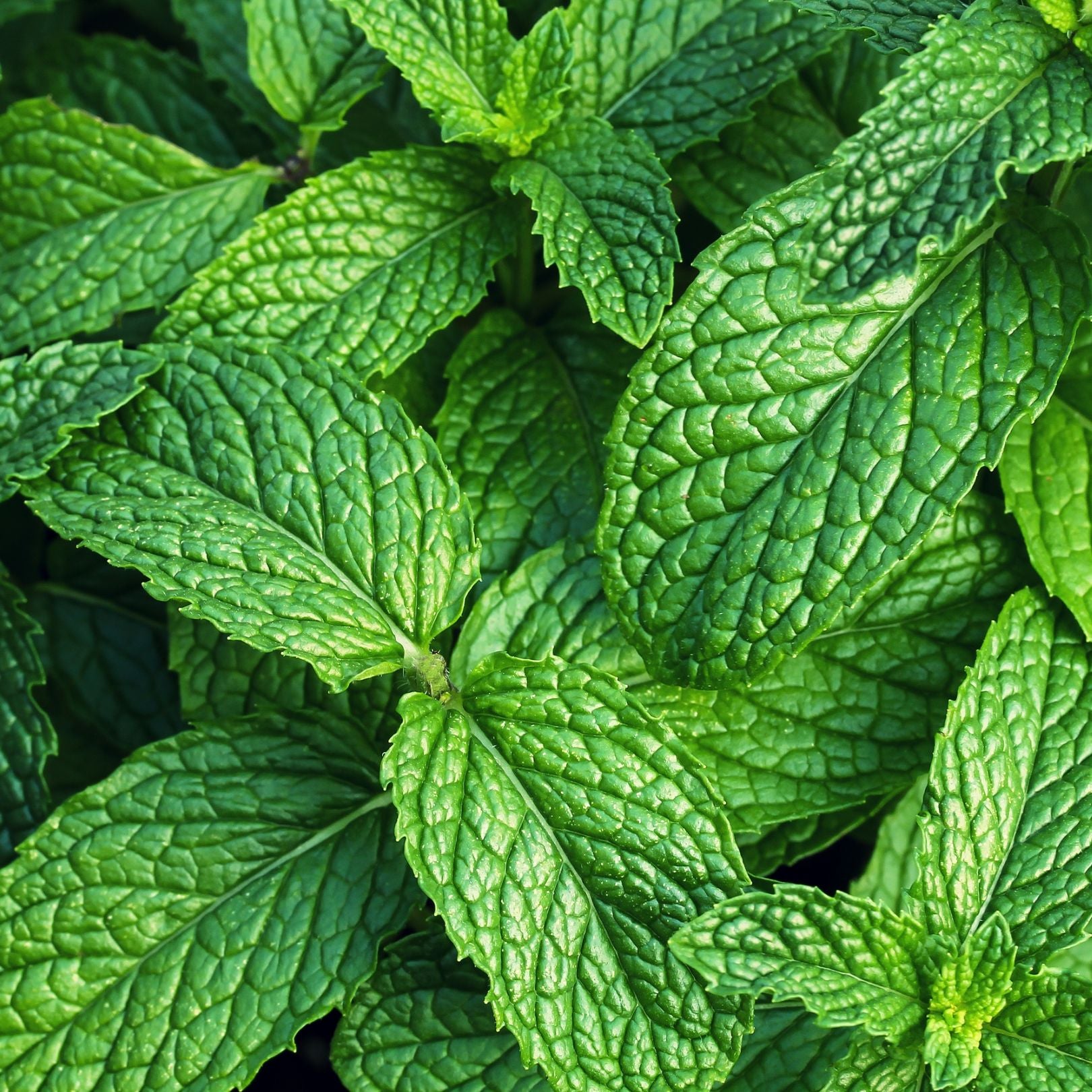
Share:
Nicotine Pouches vs. Vaping: Understanding the Impact and Benefits
Nicotine Pouches for Smoking Cessation: A Viable Path to Quitting?